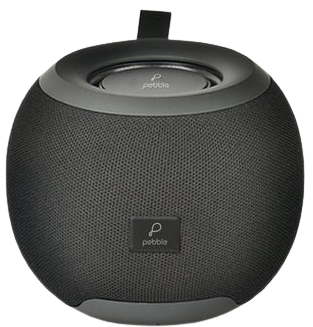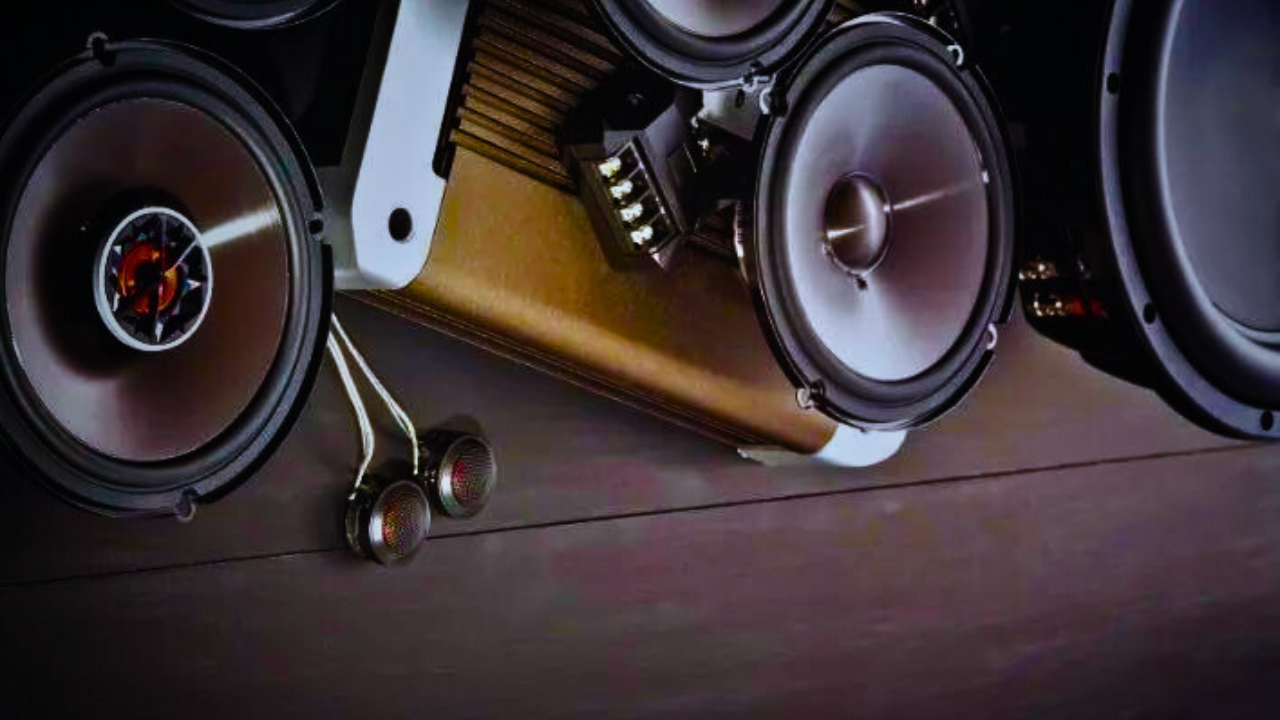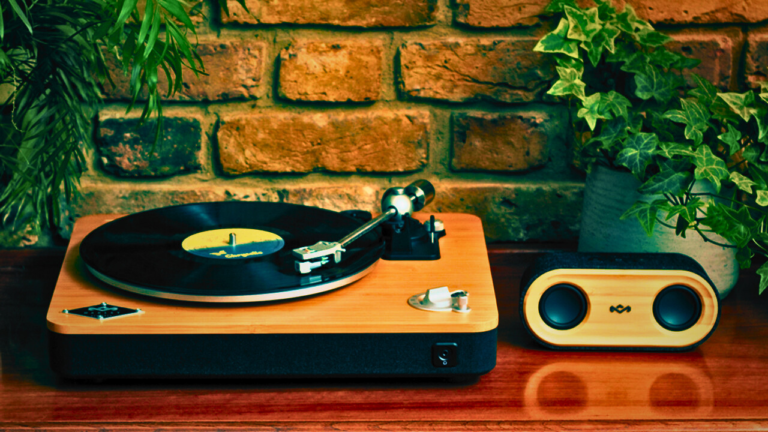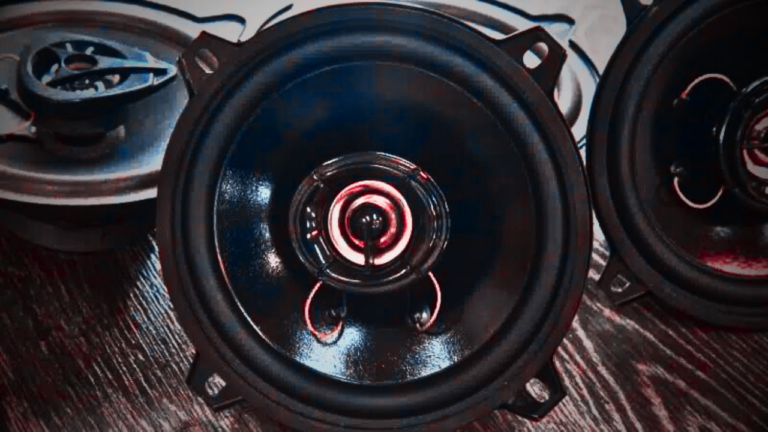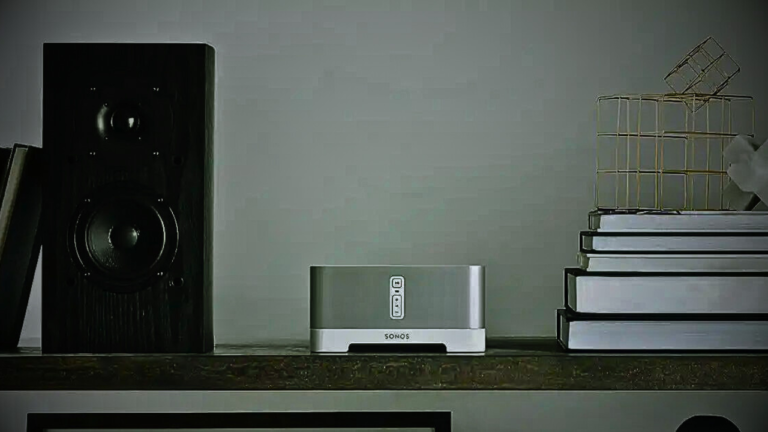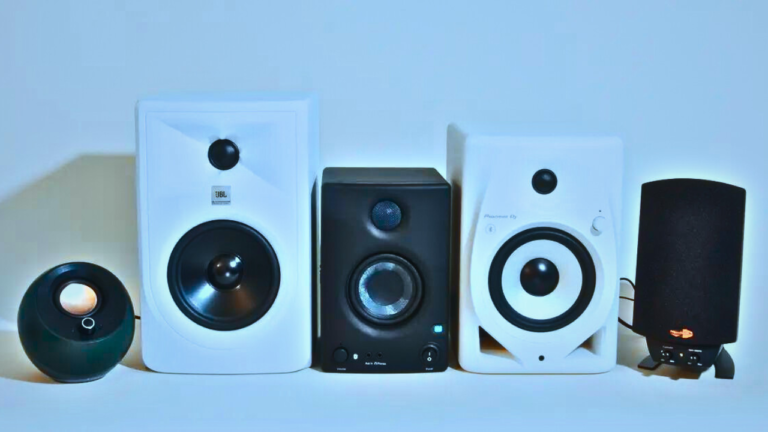Can You Run 4 Ohm Speakers At 2 Ohms?
Whether you’re a seasoned audio professional or just dipping your toe into the world of sound, you’ll soon discover that the topic of speaker impedance can be quite a complex matter. The question of running 4 ohm speakers at 2 ohms is pretty common in the audio world. We’ll tackle this issue head-on, breaking down the key concepts and providing you with a clear and understandable response.
- What exactly do ‘4 ohm’ and ‘2 ohm’ mean?
- Are 4 ohm speakers compatible with a 2 ohm amplifier?
- What are the possible ramifications of such a setup?
- Are special wiring configurations needed?
- And what about the sound quality?
“Understanding your gear and its specifications is the first step towards making the most of your audio setup.”
The Importance of Impedance
Your speakers’ impedance, measured in ohms (Ω), plays a critical role in determining how your audio setup will perform. Simply put, impedance is the measure of resistance an audio signal encounters when passing through your speaker.
A lower impedance means less resistance, allowing more electricity to pass through. Conversely, a higher impedance results in higher resistance and, thus, less electricity. As such, understanding this concept is essential for optimal speaker performance.
Read also: How To Connect Ps5 To Speakers?
What is the difference between 4 ohm and 2 ohm speakers?
In the realm of audio equipment, you might have heard terms like “4 ohm” and “2 ohm” speakers. But what precisely are they, and how do they diverge? Let me simplify this for you. The terms ‘4 ohm’ and ‘2 ohm’ speakers are used to denote the impedance of the speakers, expressed in a unit of measurement known as ‘ohms’.
Impedance, in simple terms, is the level of resistance that a speaker offers to the electrical signal from your amplifier. Fundamentally, a speaker with a lower ohm measurement (like 2 ohms) will require less power to drive than one with a higher ohm measurement (like 4 ohms). However, this doesn’t always lead to better sound quality, as other factors are involved as well.
- 4 ohm speakers: These speakers have a slightly higher level of electrical resistance, so they require more power to produce the same level of sound output as 2 ohm speakers. However, they are less demanding on your amplifier and are more consistent in the sound output. They are ideal for home sound systems or high-quality audio setups.
- 2 ohm Speakers: These speakers, with a lesser ohm specification, offer less resistance to the electricity from your amplifier. As a result, they need less power to deliver the same sound output. However, this means they draw more current, which can strain your amplifier. 2 ohm speakers are often used in automotive audio systems where space constraints and the need for high volumes can overcome the potential amplifier burden.
Please note that operating your speakers at an impedance level for which they’re not designed can reduce their effectiveness and possibly bring harm to your audio setup. Therefore, it’s crucial to match the impedance of your speakers with the capable output of your amplifier for optimal performance.
Primarily, the difference between a 4 ohm speaker and a 2 ohm speaker lies not just in their impedance and the power they require but also in their most suitable applications, their demand on the amplifier, and their consistency in delivering sound output.
Can 4 ohm speakers be safely connected to a 2 ohm amplifier?
Yes and no. You can connect a 4 ohm speaker to a 2 ohm amplifier, but there are potential hazards you should be aware of. The primary consideration here is “impedance mismatch,” which refers to the disparity between the speaker’s and the amplifier’s resistance measurements, also known as their impedance.
Impedance matching is an important aspect of any sound system setup. This process ensures that the speaker and amplifier are capable of operating in unison without damaging each other. In general, it’s ideal to match the impedance of your speakers to that of your amplifier.
When a 4 ohm speaker is connected to a 2 ohm amplifier, the lower impedance of the amplifier can result in more power being sent to the speaker than it’s designed to handle. This may lead to the speaker heating up and eventually failing.
Tip: Always check your amplifier’s settings and specifications. Some amplifiers offer a setting to select the impedance, enabling it to safely drive speakers with different ratings.
Remember, just because you can do something doesn’t always mean you should. It’s always best practice to use components with matching specifications to ensure the longevity and overall performance of your sound system.
Read also: How To Mount Heavy Speakers On Wall?
What are the potential risks of running 4 ohm speakers at 2 ohms?

When you’re thinking about running 4 ohm speakers at 2 ohms, it’s essential to understand the potential risks involved. This seemingly simple switch can have serious consequences for your audio equipment if it is not handled correctly.
Overheating and equipment damage:
Overheating is a common problem when 4 ohm speakers are run at 2 ohms. This is due to the increased current flow, which can generate excess heat. Most audio equipment is not designed to handle the extra thermal stress, leading to the potential for part damage or even complete equipment failure.
Poor audio performance:
Besides physical damage, you might experience poor audio performance. The sound might become distorted due to the amplified current and voltage. This could also result in audio dynamics taking a hit, with the bass sounding less punchy and the high frequencies becoming less clear.
Shortened lifespan of equipment:
Continuously running a 4 ohm speaker at 2 ohms can precipitate the gradual degradation of the speaker, thereby diminishing its lifespan. The increased heat and power demand can wear out the speaker’s components faster, requiring repair or replacement sooner than expected.
Note: Always refer to your equipment’s specification sheet to ensure that running a 4 ohm speaker at 2 ohms is within the safe operating limits. When in doubt, consult with an audio professional or the manufacturer.
As you can see, while it may be possible to run 4 ohm speakers at 2 ohms, it’s not something that should be done carelessly. Taking the right precautions can save your equipment and ensure the best possible audio performance.
Are there any specific wiring configurations required for running 4 ohm speakers at 2 ohms?
As we delve deeper into the world of ohm speakers, it’s crucial to be aware of the correct wiring configurations. Not executing this step correctly could lead to subpar performance of your audio system or even risk causing damage to your equipment. But don’t worry; we’re here to guide you through it.
When it comes to using 4 ohm speakers with a 2 ohm amplifier, the wiring configuration that is often recommended is series wiring. This is a wiring configuration that effectively increases the total load impedance. With series wiring, the output impedance of the amplifier and the load impedance of the speakers are effectively summed, enabling your 4 ohm speaker to operate safely with a 2 ohm amplifier.
Note: While this method can make your speakers compatible with your 2 ohm amplifier, it is important to understand the limitations. You should continually be mindful of the speakers’ performance and check for signs of overheating.
Let’s break down how series wiring works:
- The positive terminal of the amplifier is connected to the positive terminal of the first speaker.
- The negative terminal of the first speaker is connected to the positive terminal of the second speaker.
- Finally, the negative terminal of the second speaker is connected back to the negative terminal of the amplifier. This completes the circuit, allowing for power to flow and the speakers to operate.
However, in some cases, you may want to employ the parallel wiring method. This is mainly used to reduce the overall impedance, thus potentially increasing the amplifier’s power output. In this setup, all positive speaker terminals are connected to the amp’s positive terminal, and the same is true for all the negative terminals. But use this configuration with caution, as it might lead to overheating and damage if the amp is not capable of running at such a low impedance.
Key takeaway: The wiring configuration of your audio system plays a significant role in the compatibility between your 4 ohm speakers and a 2 ohm amplifier. Depending on your setup, you can either choose series or parallel wiring. However, it’s crucial to monitor your system’s performance and any signs of strain or overheating.
Also, remember that the type of wiring configuration you choose can impact the sound output. So, experiment a bit to see what setup brings the best audio quality to your ear.
How does running 4 ohm speakers at 2 ohms affect sound quality?
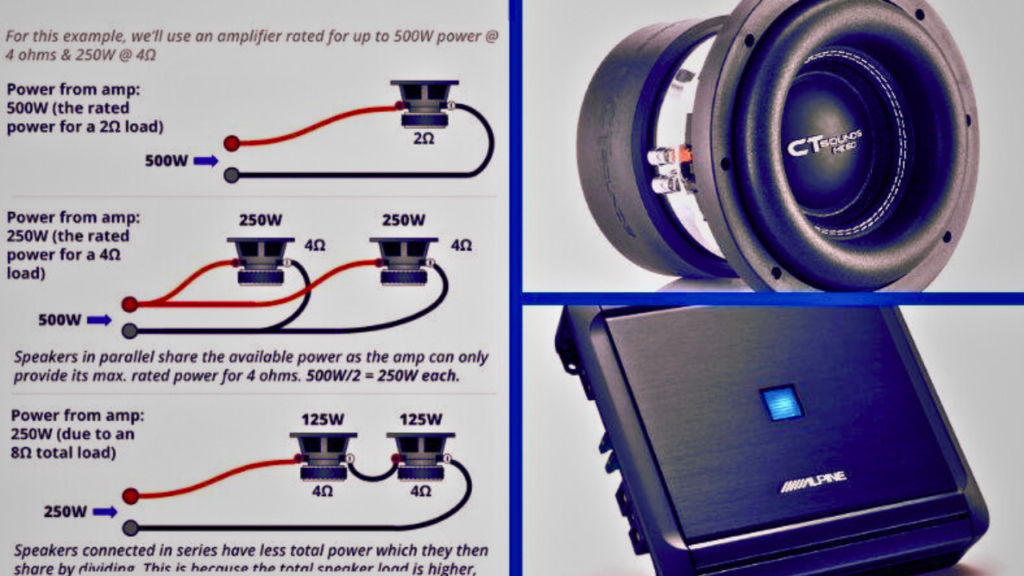
The impact of running 4-ohm speakers at 2 ohms on sound quality can be multi-faceted, resulting from different levels of power output and heat generation. These factors may significantly affect your speakers’ performance and lifespan.
Normally, your speakers and amplifier should have matching impedance levels in order not to compromise overall audio reproduction. Mismatching could lead to a chain of somewhat technical problems, including overheating, distortion, and potential damage to your sound system.
- Heat Build Constantly driving your 4-ohm speakers at 2 ohms puts excessive stress on your audio equipment, potentially shortening its lifespan significantly.
In brief, using 4-ohm speakers at 2 ohms might not directly affect the inherent sound quality the speakers can produce. However, the effects of pushing these speakers beyond their specified impedance can lead to premature component failure, which inevitably impairs sound quality.
Therefore, for optimal sound quality, it’s always advisable to match your speakers and amplifier’s impedance.
Conclusion
In conclusion, you, as an audio enthusiast, will often find yourself exploring the limits of your equipment. Among these frontiers is the daring act of pairing a 4-ohm speaker with a 2-ohm amplifier. However, it’s essential to understand the implications, the effects, and perhaps more importantly, the risk it implies.
Remember, ohms are not a measure of power but rather of resistance—the impedance—to the flow of electrical current. Proper matching between speakers and amplifiers with regard to impedance is crucial for the safety of your equipment and for achieving optimal audio performance.
Running a 4-ohm speaker at 2 ohms may push the speaker beyond its limits, potentially leading to overheating and eventual damage. Being vigilant to such risks helps you make an informed choice to either stick within your speaker’s recommended impedance tolerance or venture cautiously beyond. If you decide on the latter, take note of unusual sounds or behaviors from your equipment, as these could be warning signals of potential issues.
Indeed, knowing the electrical elements involved can be quite beneficial. Yet what really matters is the experience of sound quality. While some might argue that differences in sound between 4 ohms and 2 ohms are negligible, the real impact often depends on the unique combination of your equipment and environmental acoustics.
Even though your speaker can technically be paired with a lower impedance amplifier, the question you should be asking is whether it will enhance your audio experience or simply put your equipment in jeopardy. Be mindful and informed, and let the joy of music guide you to the right decision. Remember, it’s all about striking the right balance!
FAQs
Is it possible to run a 4 ohm speaker at 2 ohms?
Yes, technically, it’s possible. However, doing so might lead to certain complications, such as overheating the speaker or your amplifier, as well as affecting the overall sound quality.
Does impedance affect sound quality?
Yes, impedance does play a significant role in sound quality. Lowering the impedance can increase the volume and power output of your system, but it can also result in distortion.
What happens if the speaker impedance is too low?
If the speaker impedance is too low, it can strain your amplifier and lead to overheating or damage. Your amplifier might shut down to protect itself.
Can I use a 2 ohm amp with 4 ohm speakers?
Yes, you can. However, this could significantly decrease the lifespan of your amplifier due to the increased strain from a higher-impedance speaker.
Will a 2 ohm amp damage my 4 ohm speakers?
While driving 4 ohm speakers with a 2 ohm amplifier won’t necessarily cause immediate damage, it could lead to long-term wear and tear on your speakers and amp.
Why do some speakers have high impedance?
Higher impedance in speakers often leads to better sound quality and less distortion, and they can also be safer to use due to reduced strain on the amplifier.
Can I mix speakers with different ohms?
While it’s possible to mix speakers with different ohms, it’s generally not recommended due to the potential imbalance in sound levels and the potential strain on your amp.
What’s more important, speaker wattage or impedance?
Both variables are key contributors to your sound system’s performance. Wattage affects loudness, while impedance is tied to efficiency, resistance, and potential distortion.
Do I need to upgrade my amplifier if I want to run 4 ohm speakers at 2 ohms?
Using an amplifier rated for 2 ohms to run 4 ohm speakers might put extra strain on your amp. Upgrading to a more suitable amplifier could protect your gear from damage.
If I have 4 ohm speakers, do I need to buy a 4 ohm amplifier?
It’s always best to match the impedance of your speakers and your amplifier so they can operate safely and optimally. But remember, don’t let these numbers restrict you—find the balance that works best for your setup.

Hey there! I’m Henry Jack, the voice behind speakerrealm.com, your ultimate destination for everything speakers. Whether you’re a seasoned audio enthusiast or just starting to explore the world of sound, you’ve come to the right place.
At Speaker Realm, I dive deep into the realm of speakers, bringing you comprehensive reviews, insightful guides, and the latest trends in the industry. From floor-standing behemoths to compact bookshelf wonders, I cover it all.
I’m passionate about helping you find the perfect speakers to elevate your audio experience. Whether you’re setting up a home theater, upgrading your sound system, or just looking for some quality audio gear, I’ve got you covered.
But Speaker Realm isn’t just about technical specs and performance metrics—it’s also about the art and science of sound. I explore topics like acoustic design, speaker technology, and the impact of audio on our lives.
So whether you’re a casual listener or a hardcore audiophile, join me on this journey through the world of speakers. Let’s turn up the volume and explore the endless possibilities of sound together at speakerrealm.com!
